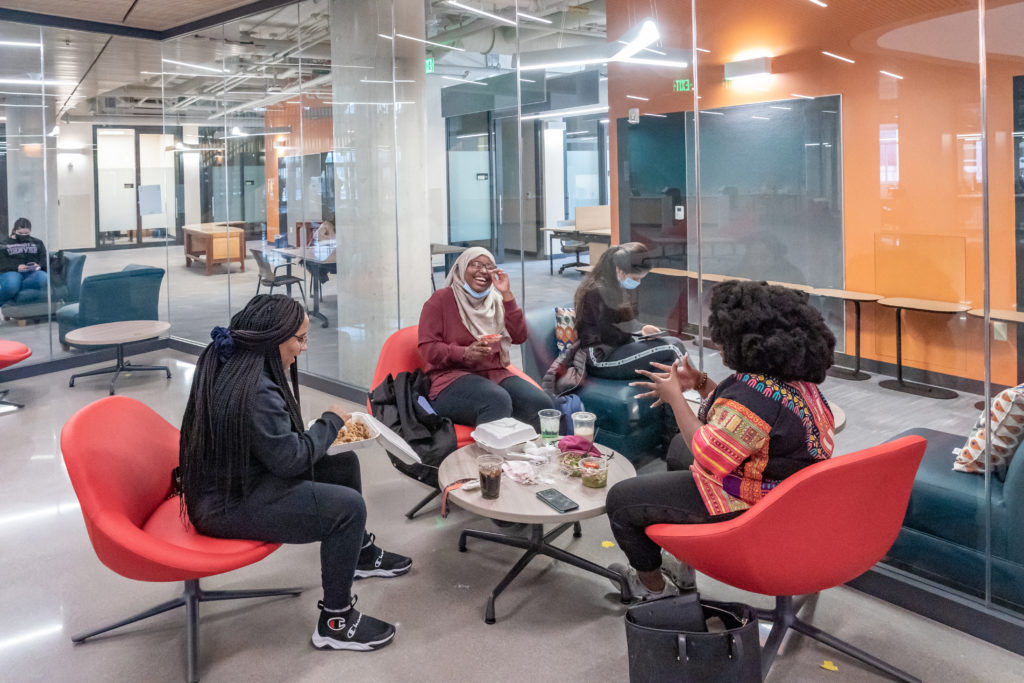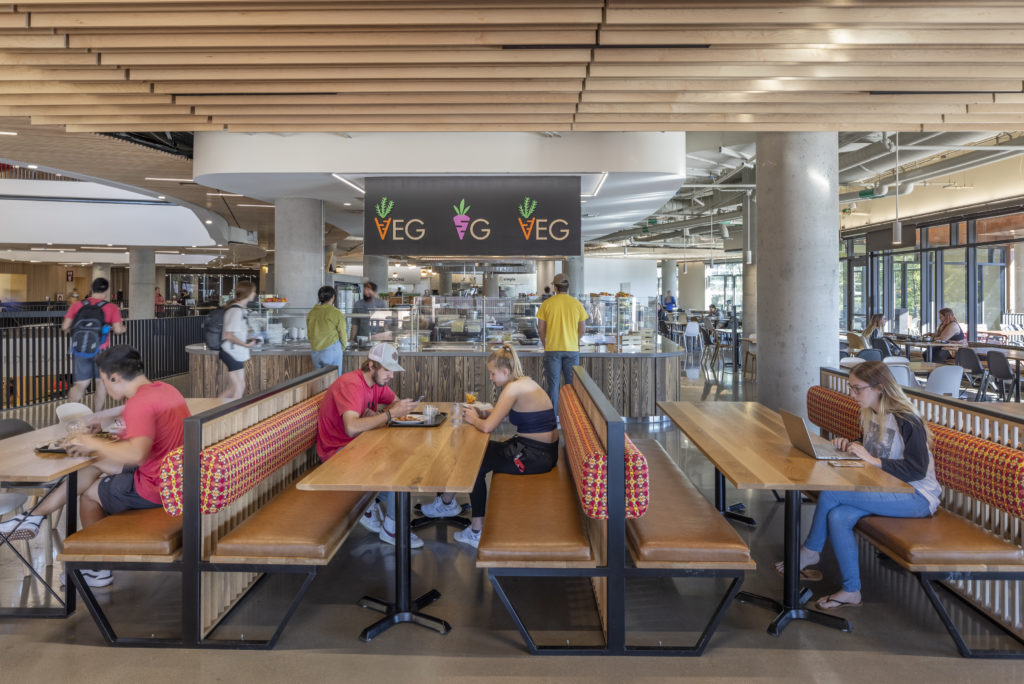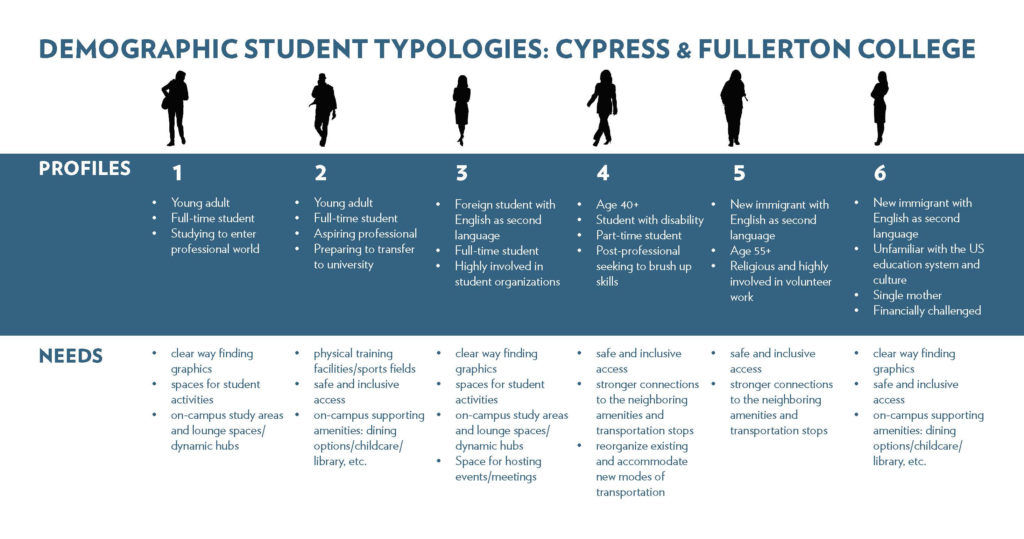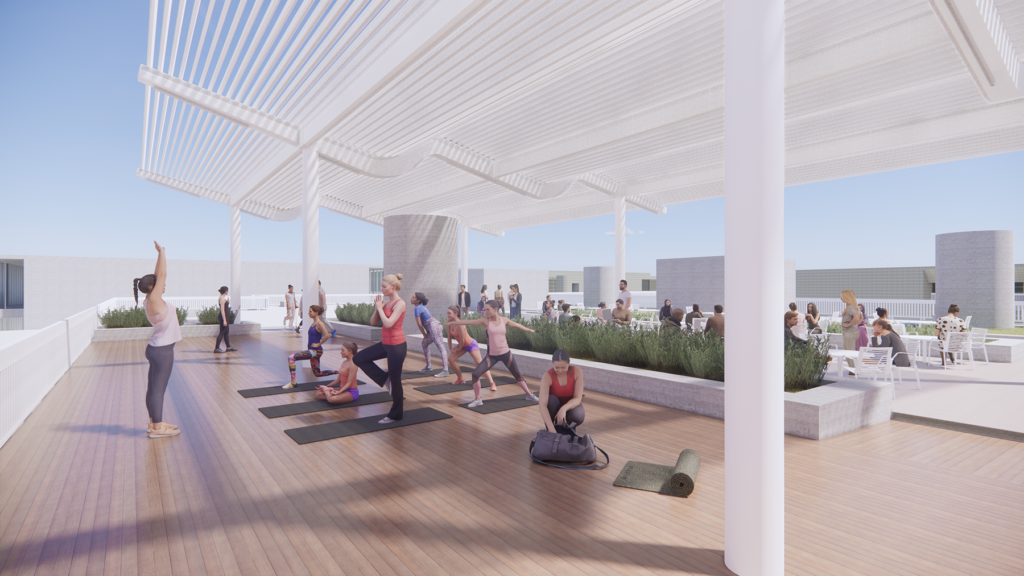Diversity is Now. GenZ — our future and current students — is known as the most diverse generation in history in race, ethnicity, religion, and gender identity. People of color will be the majority of students by 2025 and this threshold has already been exceeded in different areas of the country.
It’s Not a Playground of Privilege. Right now fewer students (less than 16% according to recent studies) fit the traditional profile of a higher education student between the ages of 18–22 who lives on campus and receives parental financial support. Today’s students are increasingly the first generation to attend college and many students are older, commute rather than live on campus, and juggle the demands of family, full-time employment, and academic life. It is critical for this generation of students, with their unique needs, to have the resources and support necessary for their success.

How do You Unleash the Power of Diverse Perspectives to Create Inclusive Environments?
Since Moore Ruble Yudell’s inception, we have believed that highly participatory processes, that meaningfully engage different perspectives, are at the foundation of culturally responsive solutions. Inclusive design processes produce richer architecture and can heal divisions.
“Research on creativity and innovation has been consistent in showing the value of exposing individuals to experiences with multiple perspectives and worldviews ….Creative “aha” moments do not happen by themselves”.
Harvard Business Review
Inclusive Design is Interwoven as a Principle and as a Process. Intentional engagement provides important opportunities to make diversity a virtue in shaping our future — to inform the design and actively build community, prioritize access, and integrate sustainability and well-being. Inclusive participation reveals evolving needs and priorities for each institution to respond to the concerns of today’s students. Research consistently shows that engaging diverse perspectives can lead to truly transformative solutions.
Our built environments have the potential to contribute to a more equitable and interconnected society in the ways we engage each other and in the kinds of spaces we create. After our abrupt plunge into a physically distanced world over a year ago, colleges and universities are reopening and students crave social connection.
We strive to create the kind of places where those who are underrepresented can see themselves and feel they belong. To build inclusive and welcoming environments that promote critical thinking, cultural awareness, self-knowledge, and empathy as part of daily life — all traits that are vital in our future leaders.

How Do You Build Lasting Consensus with over 800 Student Groups?
UC Berkeley Lower Sproul Renovation and Student Community Center
The Student Community Center site is known for its rich legacy of protest and the birth of the Free Speech Movement led by Mario Savio in the 1960s. Principles of social justice, inclusion, and cross-cultural exchange are core values embedded in UC Berkeley’s heritage. A major concern of campus leadership was how to meaningfully engage their student body whose approval was required for the project to move forward.
Our team led a highly inclusive framework of workshops and small group meetings that involved over 800 student groups as well as faculty, staff, community, and civic leaders—with students having a seat at the table from day one. This process of continuous dialogue gave students a platform to express their needs for equity and access and was essential to establish a shared vision and build consensus. The project prioritized student-led spaces including a new home for the Multicultural Community Center, whose prominent siting strengthens its identity and mission of cross and inter-cultural collaboration among the student population. Following the community planning process, students were so invested they voted decisively to support the project through additional student fees, in spite of concurrent protests over tuition increases.
“The inclusive visioning and design process created this environment where DU was wholeheartedly treated as a design partner. It was through our collaboration that we were able to develop the physical design principles that realized belonging through the built environment.”
Mo Lotif, Owner Representative, DU Student Affairs and Inclusive Excellence
“Diversity Lived is Diversity Learned” University of Denver Community Commons
DU’s new Community Commons welcomes a diverse student community by bringing a critical mass of students and resources to the center of campus. Since opening this January, the project funnels and mixes students, capturing movement to and from the new first-year housing with a variety of types of spaces for students to dine, meet, socialize, study, and make use of supportive services. The Community Commons, while respectful of DU’s distinctive architectural language, recognizes that less formal buildings appeal to students. It conveys a message of openness and invitation through transparency that broadcasts what is happening inside and invites participation—places where you can see yourself and where you can express yourself.

The plan’s fluid-dynamic shaping drives student movement and encourages serendipitous interactions and lasting connection. Flexible, open, and visible, the spaces reinforce a sense of belonging that is key to keeping students on campus and thereby supporting success.At the rooftop an unexpected pavilion provides an intimate house-like scale of multi-use space and offers yet another distinctly different experience of community. In this sense, the architecture strives to ‘walk the walk’ of diversity with its own inclusive mosaic of spatial experience.
At the Vanguard of Equity and Inclusion: California Community Colleges. Our work with California Community Colleges expands our impact in creating opportunities for student inclusion and community.With over 2.1 million students at 116 campuses, the community college system is the largest higher education institution in the U.S., the largest provider of workforce training, and one of the most broadly inclusive institutions in the world. California Community Colleges serve the most diverse population of post-secondary school students, with the largest single ethnic group amounting to less than 25%, and over 40% of students at ages 25 and over. Community college students work their way through school, commute to campus, manage child care, and study day and night. They learn to become nurses, justice workers, STEM graduates, construction managers, and business owners. Some are life-long learners looking to expand their knowledge through a new language or a new skill.
North Orange County Community College District (NOCCCD)
3 Campuses, 120 In-Person and virtual meetings, Over 7,000 stakeholders engaged
Our team, with college representatives, began our Educational and Facilities Master Planning process by engaging over 7,000 students, faculty, staff, and alumni through a variety of means: small group meetings, campus-wide forums, online surveys, and more. The most impactful tool, to understand the variety of student concerns and to prioritize student serving spaces, was campus Equity Walks. Each participant took on the identity of a specific student, from a diverse spectrum of backgrounds, and walked the campus ‘in their shoes.’ The intentionality of seeing the campus thru different perspectives raised awareness to the inequities and challenges students faced, revealing the most urgent needs include a lack of accessibility and general lack of clarity in navigating the campuses. This hands-on assessment prompted NOCCCD to take immediate corrective action with a number of smaller projects to improve student experience and access to resources.

The Pandemic further Divides Campus Inequities. Pre-pandemic, many California Community College students struggled with basic needs: 52% were food insecure, 19% housing insecure, 25% had no internet in their home, and 15% had no computer or laptop for their studies. With the Safer-At-Home order and rapid transition to on-line learning, students no longer had access to campus amenities and the disparities only worsened. Many colleges responded with initiatives such as drive-through food distribution, enhanced online academic and mental health counseling, and Wi-Fi access in parking lots and open-air tents for quiet places to learn and study. While many of the alternate resources succeed in fulfilling or bridging student needs, others such as the Wi-Fi tents have remained mostly unused. Student needs are complex and often multi-dimensional so the solutions need to continuously be reassessed.

Cypress College Exterior Student Hub
Inclusive Participation both Informs Design and Actively Builds Community. As colleges and universities reopen, the most critical indicator of students’ overall well-being is social connection. Campuses are unique in the important role they play in fostering an inclusive and supportive environment outside the classroom, particularly for those who have been historically underserved. A participatory and engaging design process gives everyone a voice — an opportunity to shape their future facilities. It builds consensus and streamlines the approval process. Most importantly, it has relevance for the evolving needs and priorities of higher education and the changing demographics of students in the 21st Century.
This article was previously published in Learning by Design magazine.

